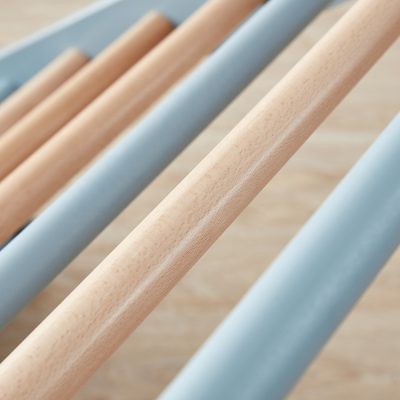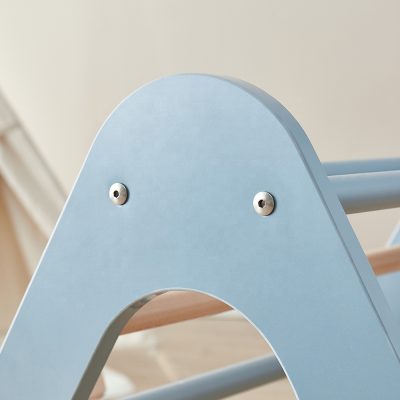Dollhouses have a long and fascinating history that dates back several centuries. The concept of miniature replicas of real-life homes has evolved over time, influenced by cultural, artistic, and technological developments. Here is a brief overview of the story behind dollhouses:
- Ancient Origins: The origins of dollhouses can be traced back to ancient civilizations. In ancient Egypt, miniature furniture and homes were placed in tombs to accompany the deceased to the afterlife. Similarly, in ancient Rome, small-scale replicas of domestic interiors were popular as toys for children.
- The European Renaissance: During the European Renaissance (14th to 17th centuries), the concept of miniature houses gained popularity among the nobility. These early dollhouses were often extravagant and showcased the wealth and status of their owners. They were furnished with intricate miniature furniture and decorations.
- 17th and 18th Centuries: In the 17th and 18th centuries, dollhouses became more accessible to the middle class. These miniature homes were used as teaching tools for young girls to learn household management and decorative arts. They also served as status symbols, displaying the family’s taste and refinement.
- Industrial Revolution: The 19th century, marked by the Industrial Revolution, saw significant advancements in manufacturing techniques. This allowed for the mass production of dollhouses and miniatures, making them more affordable and accessible to a broader range of people.
- Victorian Era: The Victorian era (19th century) was a golden age for dollhouses. Elaborate dollhouses with intricate detailing, miniature china sets, and tiny works of art became popular among Victorian families. Queen Victoria herself played with and collected dollhouses, contributing to their popularity.
- 20th Century: Dollhouses continued to evolve in the 20th century, reflecting changes in architectural styles, interior design, and popular culture. Dollhouses were often used for educational purposes and as collectibles. The popularity of dollhouses grew, and they became cherished toys for generations of children.
- Modern Times: In the 21st century, dollhouses have continued to evolve. They are now available in a wide range of styles and sizes, catering to various tastes and interests. Many miniature enthusiasts and collectors create their own custom dollhouses and miniatures, while others enjoy DIY kits that allow them to build and decorate their miniature dream homes.
- Artistic Expression: Dollhouses have also found a place in contemporary art and design. Artists and architects use them as a medium for creativity and self-expression, pushing the boundaries of what can be achieved in miniature form.
In summary, dollhouses have a rich and diverse history, evolving from ancient ritual objects to status symbols, educational tools, and beloved toys. They continue to capture the imagination of people around the world and serve as a testament to the enduring fascination with miniature worlds.

















